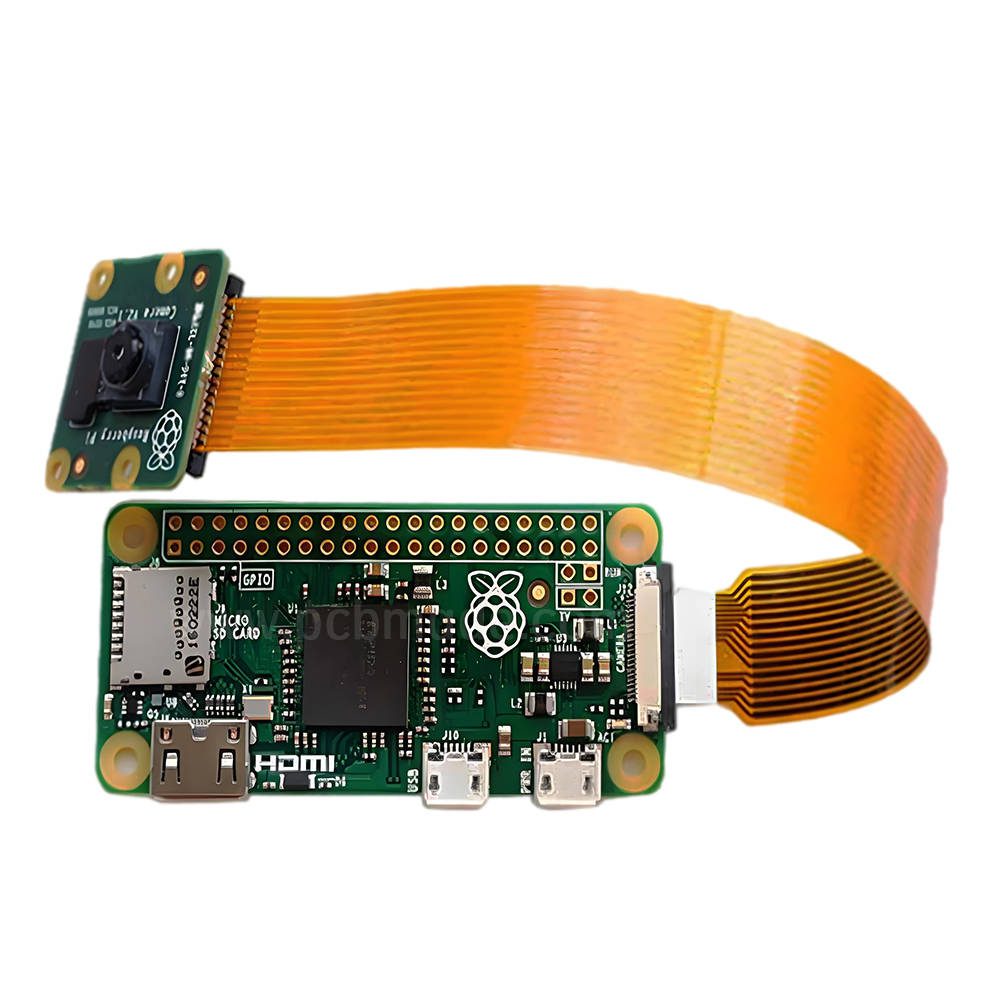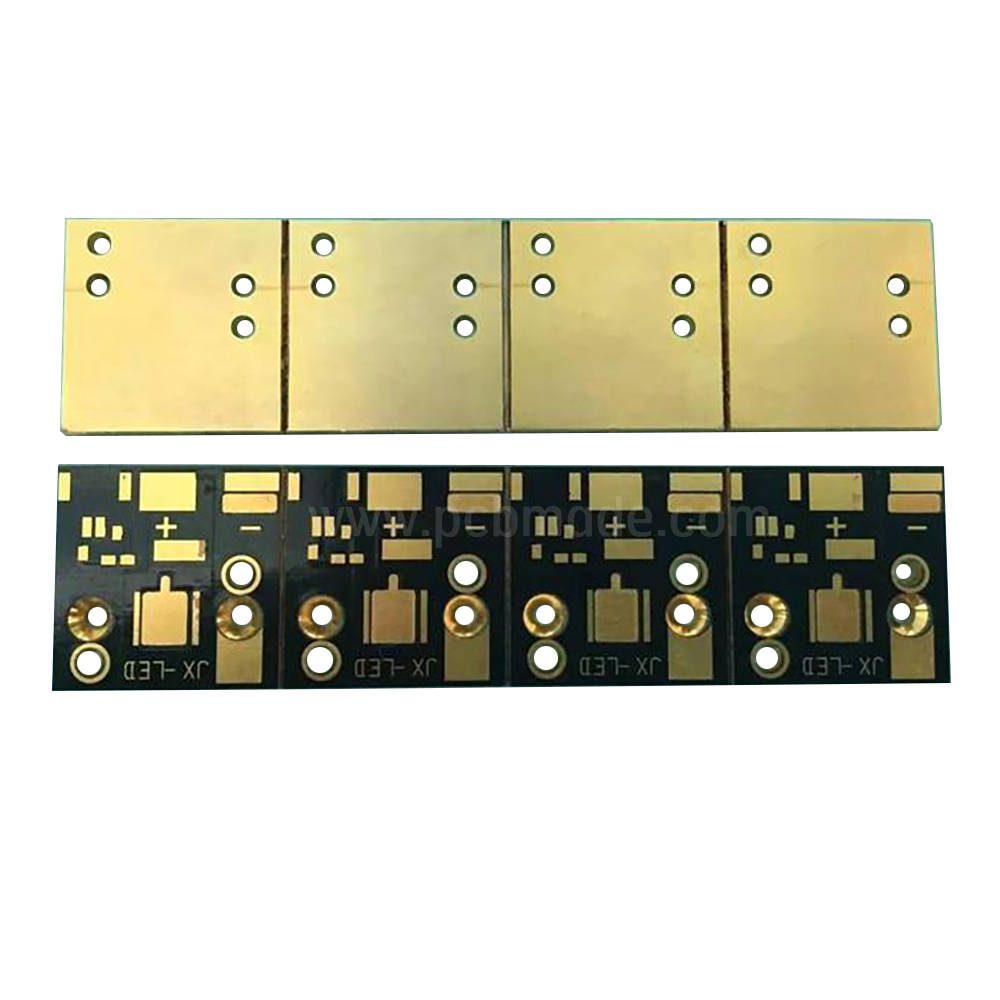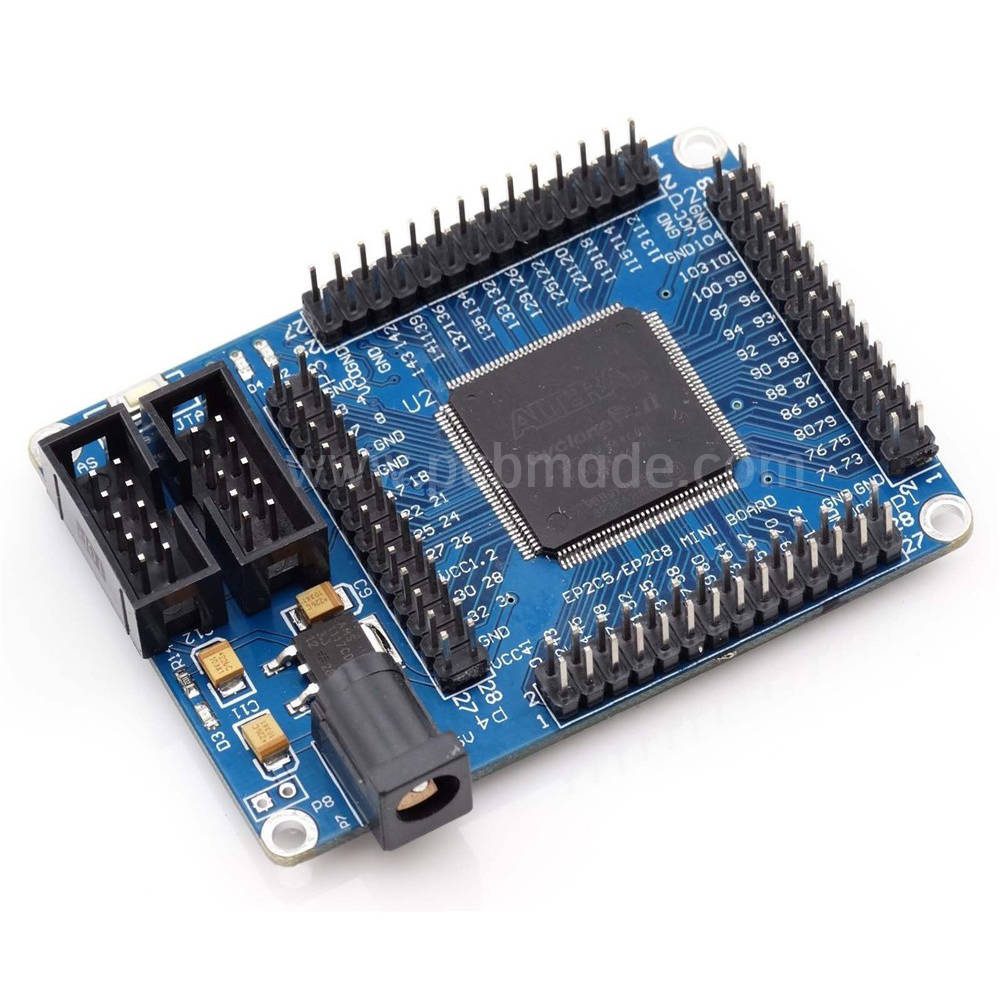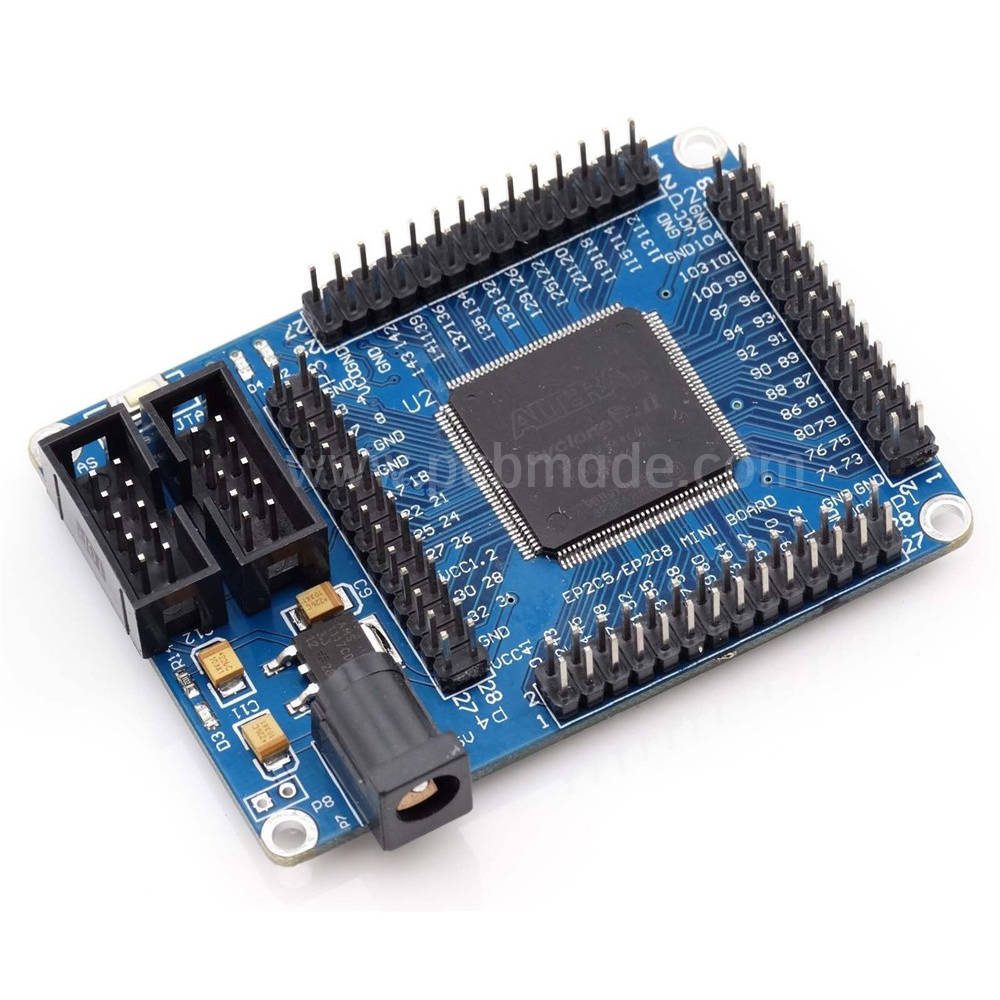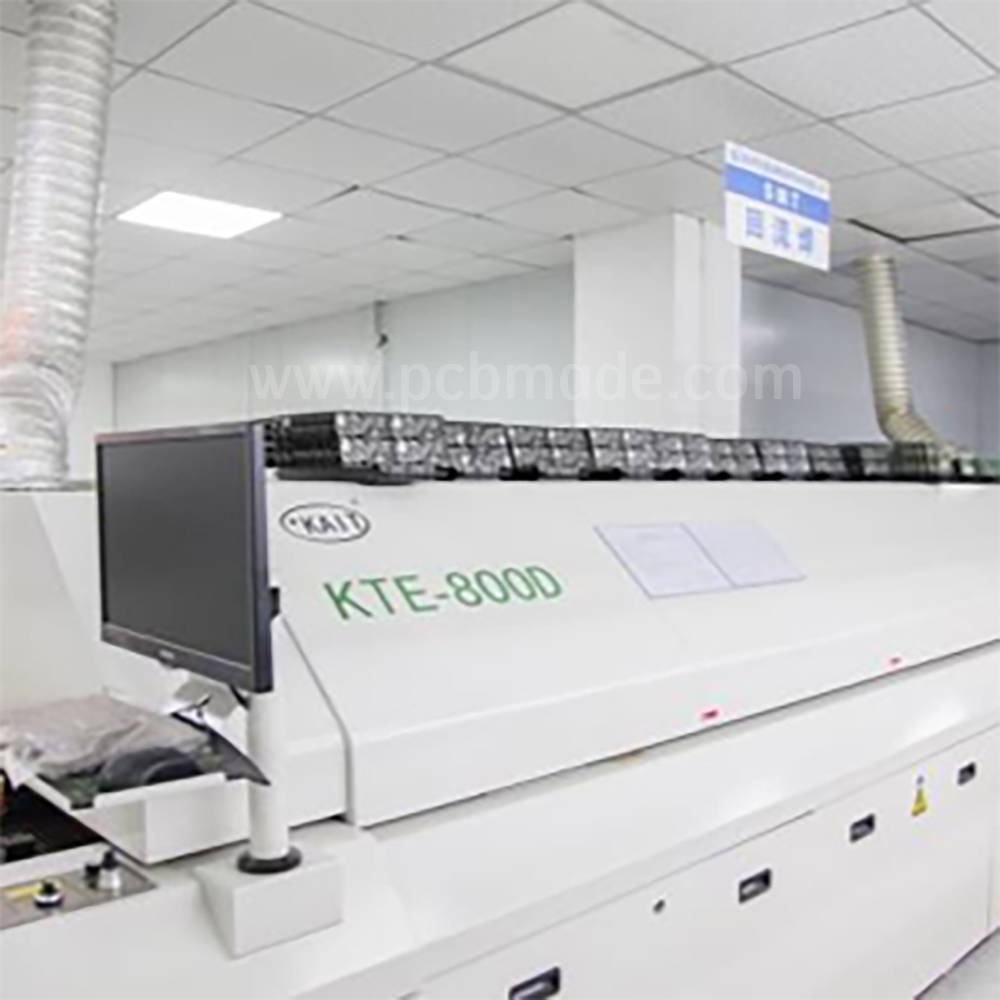In electronic devices, diodes are commonly used components to control the flow of current and changes in voltage. Correctly determining the positive and negative terminals of a diode is crucial for the connection of a circuit. Below, I will provide you with a detailed introduction on how to check the positive and negative terminals of a diode on a circuit board.
Firstly, it is necessary to understand the structure of diodes. A diode is composed of two different materials – P-type material and N-type material. P-type materials have a relatively high positive charge called the “positive electrode”, while N-type materials have a relatively high negative charge called the “negative electrode”. In normal working condition, the diode will conduct normally only when the positive and negative poles are connected. So, finding the positive and negative terminals of the diode is very important.
A simple method is to observe the markings on the diode. Usually, the casing of a diode is marked with a symbol, such as an arrow, a black ring, or a diagonal line. This mark is usually located at the negative terminal of the diode, which is the N-type material side. So, if you find this mark, then the side adjacent to the mark is the positive terminal of the diode.
In addition to labeling, you can also observe the pins of the diode. Generally speaking, a diode has two pins, one is long and the other is short. The long pin is the positive terminal of the diode, while the short pin is the negative terminal. This is because the positive pole is usually connected to the positive pole of a power supply or other circuit, so longer pins are required for easy connection.
If the above methods cannot determine the positive and negative terminals of the diode, a multimeter can also be used for measurement. Adjust the settings of the multimeter to diode test mode, and then insert the pins of the diode into the two slots of the multimeter. If the instrument displays a positive number, the long pin is positive and the short pin is negative.
It should be noted that on some circuit boards, diodes may be connected to other components such as capacitors or resistors. In this case, you need to determine the positive and negative terminals of the diode based on the circuit diagram.
In summary, correctly determining the positive and negative terminals of a diode is crucial for connecting and troubleshooting circuit boards. By observing the identification of the diode, the length of the pins, and using a multimeter for testing, you can easily determine the positive and negative terminals of the diode. I hope this article has been helpful to you, helping you better understand and apply diodes.




